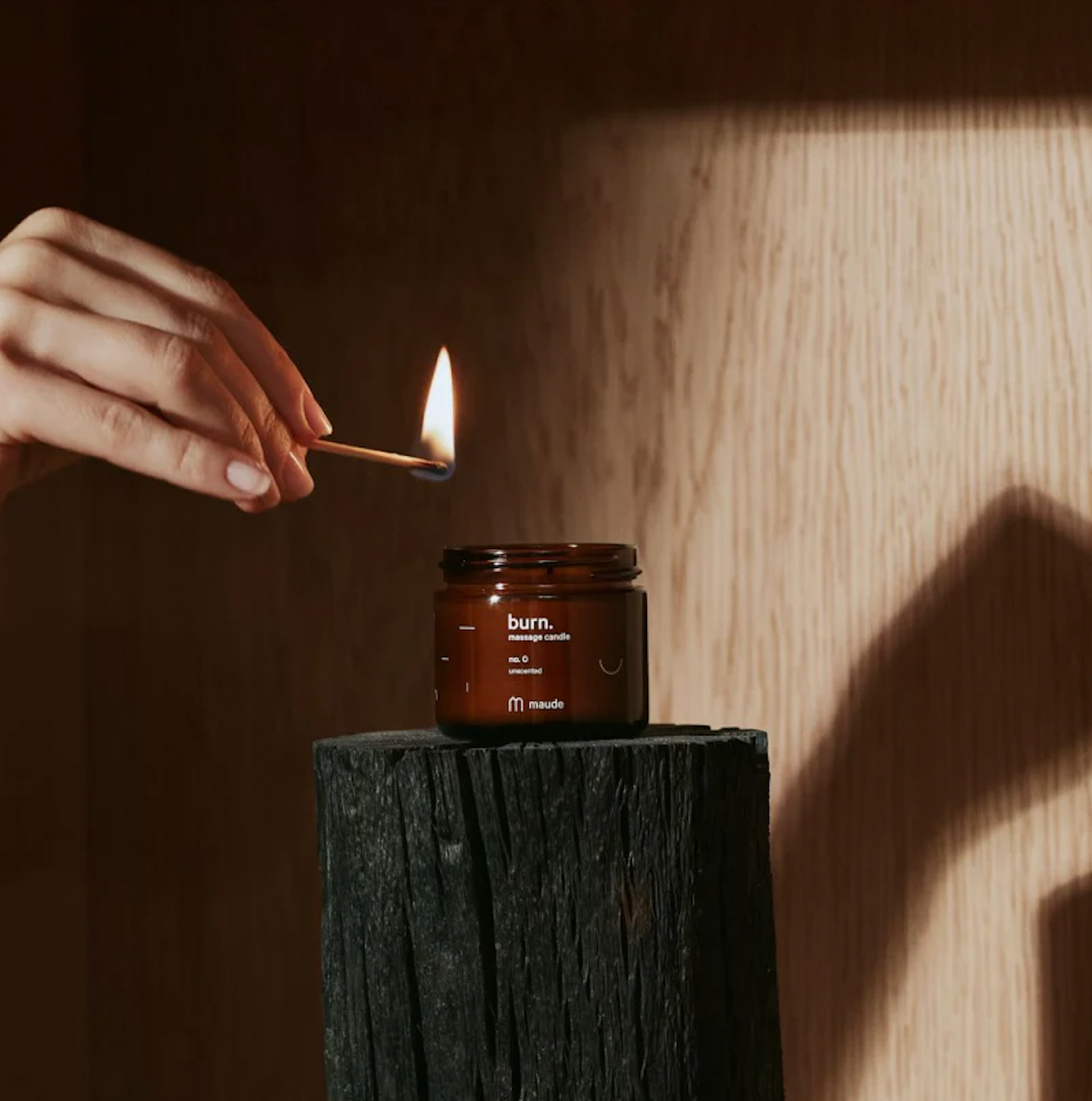
For nearly 40 years, the goal of the Sundance Film Festival has been to connect storytellers and audiences through the medium of cinema. As the film industry has shifted and transformed to become more expansive, diverse, and inclusive, Sundance has also evolved. In 2021, amid the coronavirus pandemic, the film festival was entirely virtual, pulling in people from the safety and comfort of their homes into an expansive and connected online festival.
Using the experiences of last year, Festival Director Tabitha Jackson and Producing Director Gina Duncan are forging ahead. They had hoped to debut a new format for the 2022 festival, redesigned as a hybrid. Sundance wanted attendees to have the option to attend the festival in person on the mountain in Park City, Utah. For others who preferred the comfort of their own homes, screenings, talks, and events would be available online.
However, due to the Omicron variant, Sundance 2022’s in-person Utah elements will be moving online this year. Attendees will be able to watch films, visit exhibits and engage in compelling dialogue and conversations around stories, storytelling, and art virtually. Ahead of the festival which launches Jan. 20, and prior to the festival announcing that it would be entirely virtual this year, ESSENCE spoke with Jackson and Duncan about how they’ve transformed Sundance and what they envision for the future.
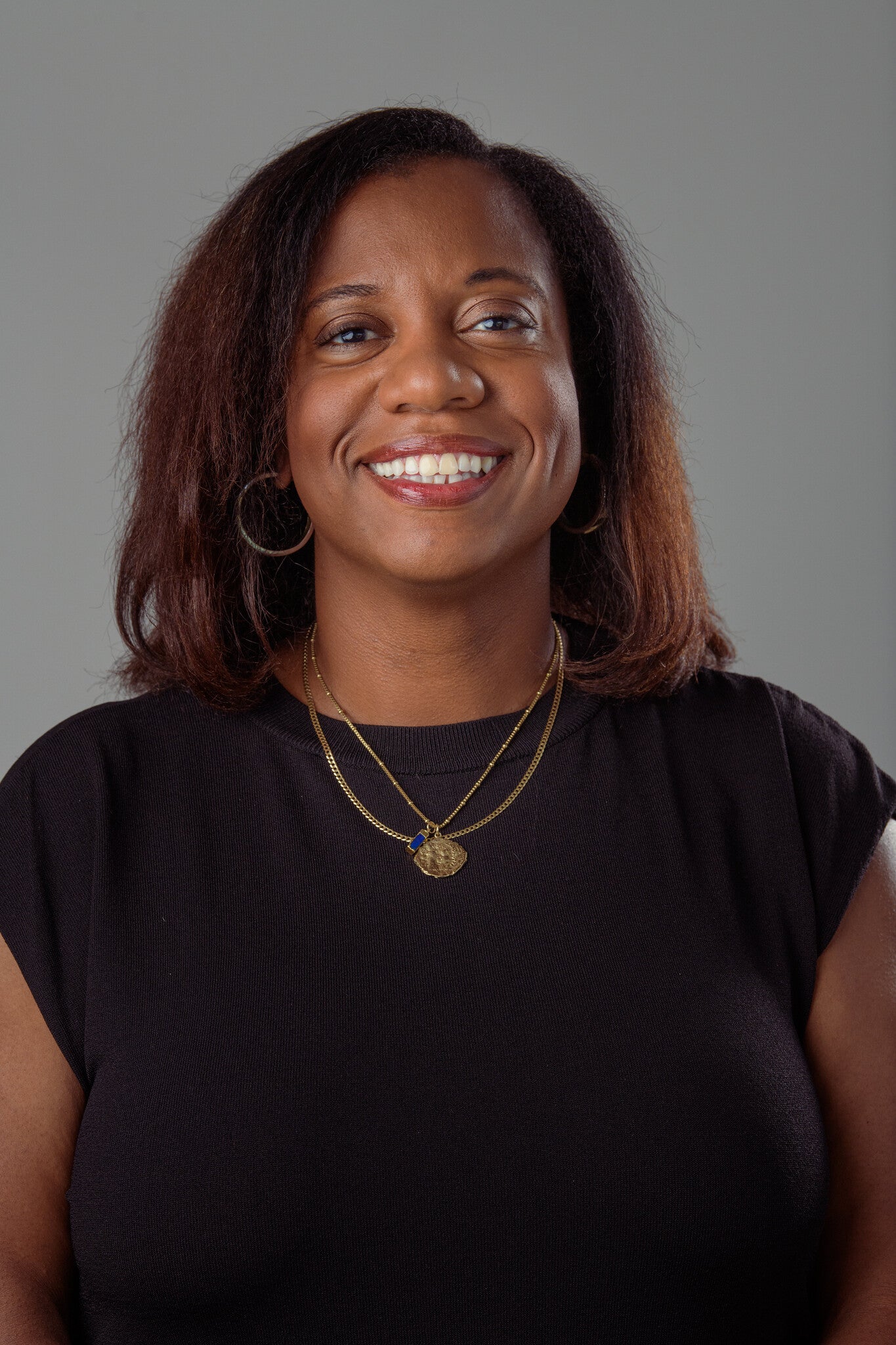
“I always wanted Sundance to be a choose your own adventure,” Duncan explained about the thought process behind the hybrid. “I can choose what I want to see and if I want to see it from my condo or if I want to go to the cinema. It is much more relaxed and meets me where I am. I think what we’ve designed this year is actually the dream scenario.”
For Jackson, the perfect Sundance experience involves a sense of connectedness despite what may be happening around us. “It’s this vibrant, rich array of work that’s both creative, expressive, and grappling with the issues of our times in a way that helps us understand them better,” she said. “I think amazingly, given that we are still in the middle of a pandemic, art filmmakers and artists managed to make the work that does that. The program this year shows that there is, beyond our expectations, vibrancy and an urgency to independent media making.”
There was a great deal that Jackson and her programmers took away from the 2021 virtual Sundance experience. “One of the things I learned was that [it] was not a virtual film festival,” Jackson explained. “That was a real film festival. There were real films, and real people engaged with the films and met audiences through a screen.
“One of the things that we experimented with last year was presence and energy. We made sure that you saw a film at a particular time together. After that film, there was a live Q&A with the filmmakers and audience in direct communion. We also innovated with a social space that we ended up calling The Spaceship, where you could go into the space, wander around, bump into people, meet people, go off to another little space afterward. All of this was about presence and feeling that you were with other people watching work and talking about it. So those are the two main lessons for me, energy and presence.”
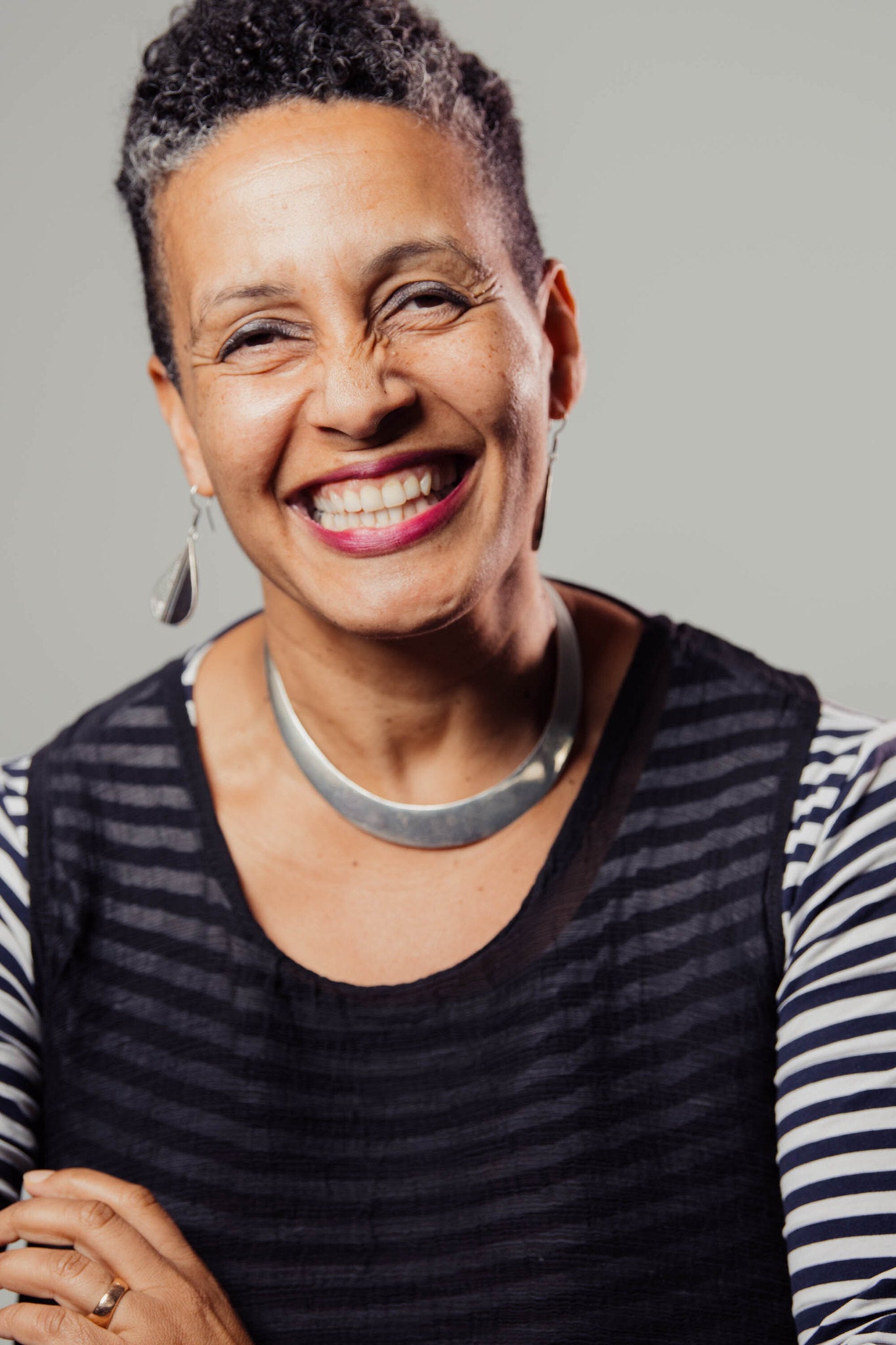
Since those attending Sundance 2022 won’t be gathering in person, it’s been important to both Jackson and Duncan that there is still a sense of community and togetherness. “There are real connections that are happening,” Duncan said. “There’s real camaraderie and relationships that are being built through the screen. This is real, and I see it even post-COVID still being a big part of our life in a much more significant way than in the past. This is our reality.”
As the world around us has shifted, there has been a significant push for diversity and inclusion across all industries. For Jackson and Duncan, that’s meant expanding Sundance even further than identity. “This endeavor that we are engaged in is about understanding the world differently through the eyes of others, and that’s what independent filmmakers do for us,” Jackson explained. “They have a unique perspective, a unique vision that they are bringing. When you have a collection of unique visions, you begin to see things that you could never have seen before through just one. So for me, diversity in its true sense is about a multiplicity of perspectives, subjectivities, and lived experiences. That is translated into the form of the work, how the work is made, and engaging with the reality around them to get these things done, and a diversity of life experience. It goes way beyond ethnicity or gender. It’s accountability.”
Standing at the helm of the film festival, both Duncan and Jackson feel a responsibility to shake the table. “It’s about our responsibility as gatekeepers and annointers in terms of who we center and how we decenter,” Duncan explained. “For me, it’s about questioning how we curate, how our standards are created, making sure that we are acknowledging our own implicit bias. So then we’re decentering this white male perspective of, ‘This is what quality is. This is what art is.’ I think when you move that aside, then you make room for everyone else.”
Jackson has also focused on leveling the playing field for non-fiction and documentary works. “When Robert Redford founded the Institute and the festival, he elevated non-fiction and documentary,” she explained. “So that’s always been in the bloodstream of Sundance. I feel that I’m always interested in the space in between. It might be from my own biography of being half-Nigerian, half-Welsh. The space in between fiction and non-fiction is exciting to me. One of the joys of a festival is that this work is always in dialogue with each other. As filmmakers describe how they see the world and make meaning from it, the non-fiction has to be up there with the fiction. It’s how we live.”
In addition to creating a wholly inclusive Sundance, Duncan has also worked diligently to ensure the safety of attendees. “It’s still very much thinking about safety and belonging,” she said. “We know that online is accessible, but we also know that it’s not necessarily a safe space when you’re bringing a bunch of different people together, and you have that level of anonymity. I’ve been thinking a lot about that. We did some really great work last year with the virtual festival in terms of creating a community agreement. Then it was also having folks in every space of the festival that was online to ensure that people not only abided by the community agreement but understood who to go to if they needed help or had questions.”

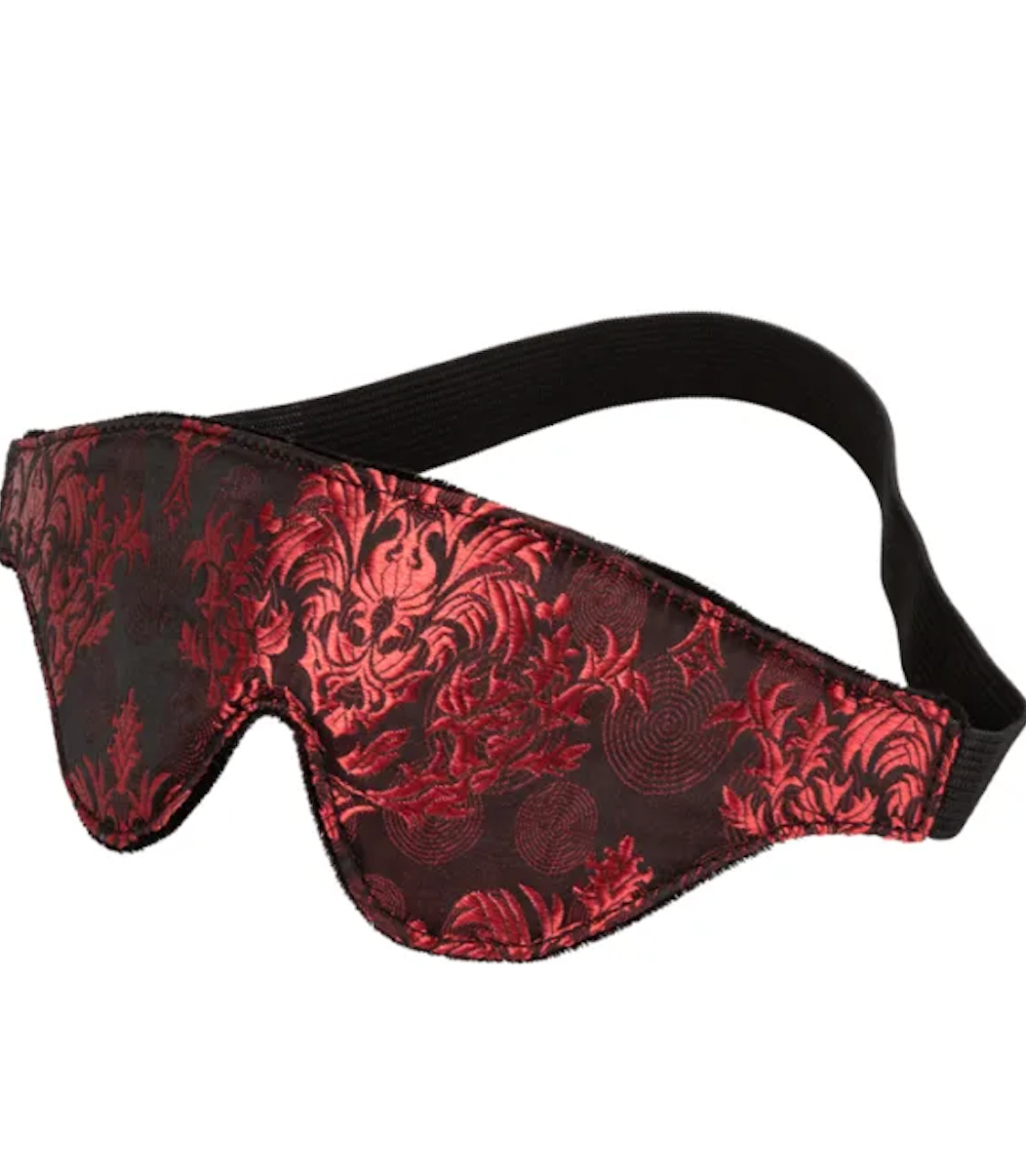
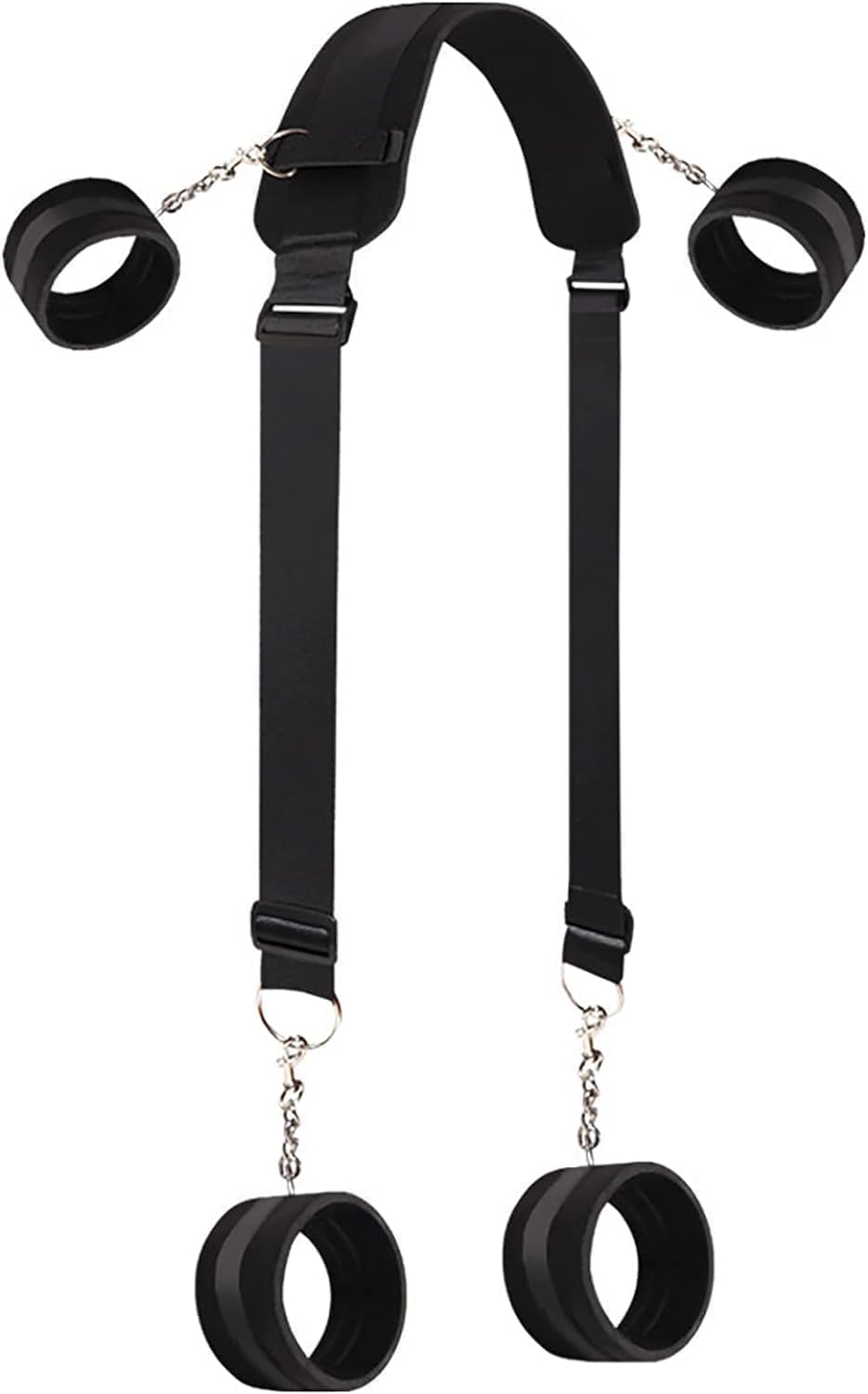




With so much uncertainty over the past couple of years, Jackson and Duncan are thrilled that festival attendees will feel a sense of immersion and belonging in this digital space. “I want people to see this extraordinary work and set of makers and encounter each other as audiences,” Jackson said. “There is this sense at the end of each festival that somehow how we see the world has shifted, maybe because of a film we’ve seen or a person we’ve met, but just being in this space for 10 days shifts one’s perception of the world. I hope that that can be the case even in these times, especially in these times.”
For Duncan, Sundance 2022 is about redefining what it means to attend film festivals. “We’re gathering together in time, not place,” she explained. “We wanted to make sure that no one considered the people who are experiencing the festival online as a second audience or another audience. That is a real space. If we can crack that, I think we can get people to recognize that it’s an experience that we’re sharing in time instead of just being on the mountain. I think that explains what it means to be a festival and how you participate in a festival. That’s exciting to me.”
The 2020 Sundance Film Festival will run online from January 20–30.
